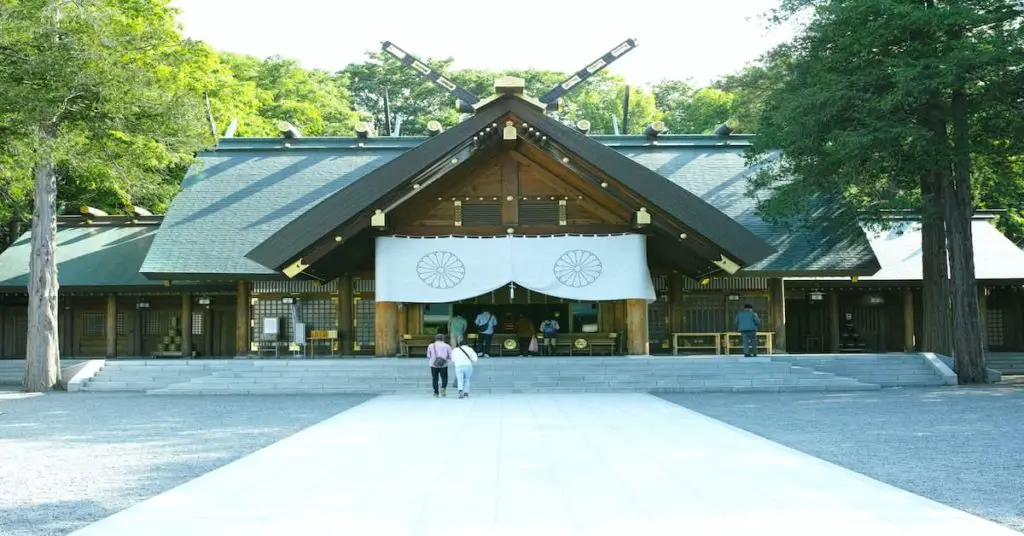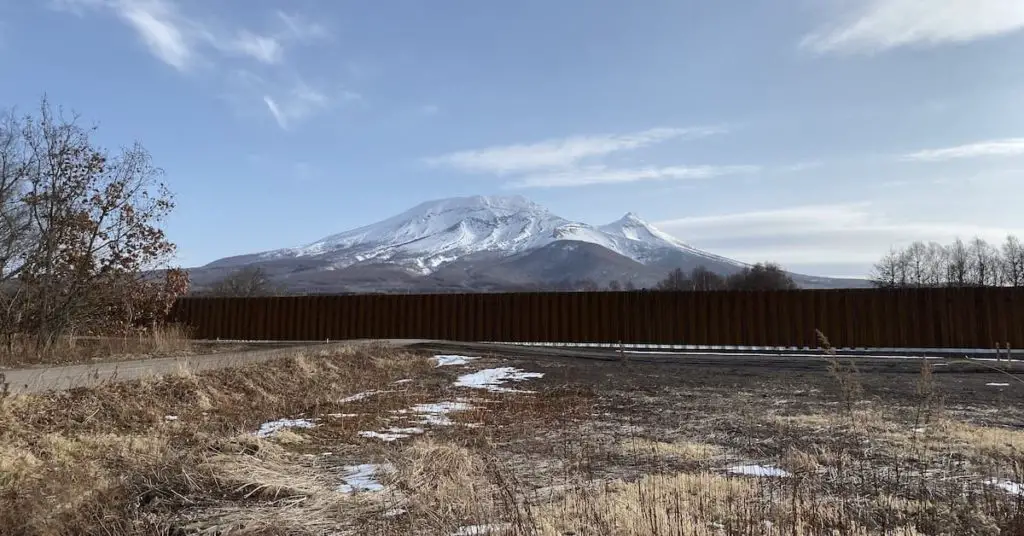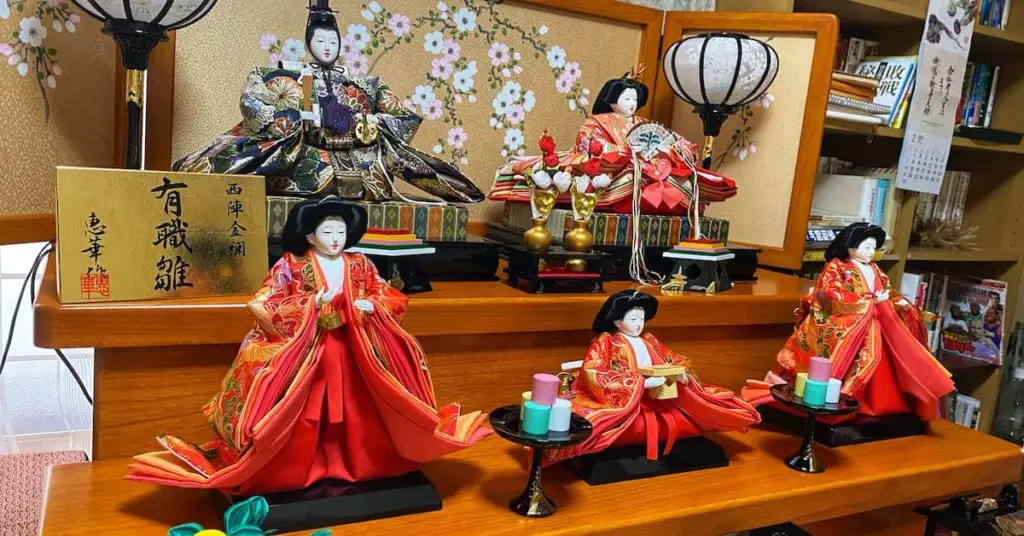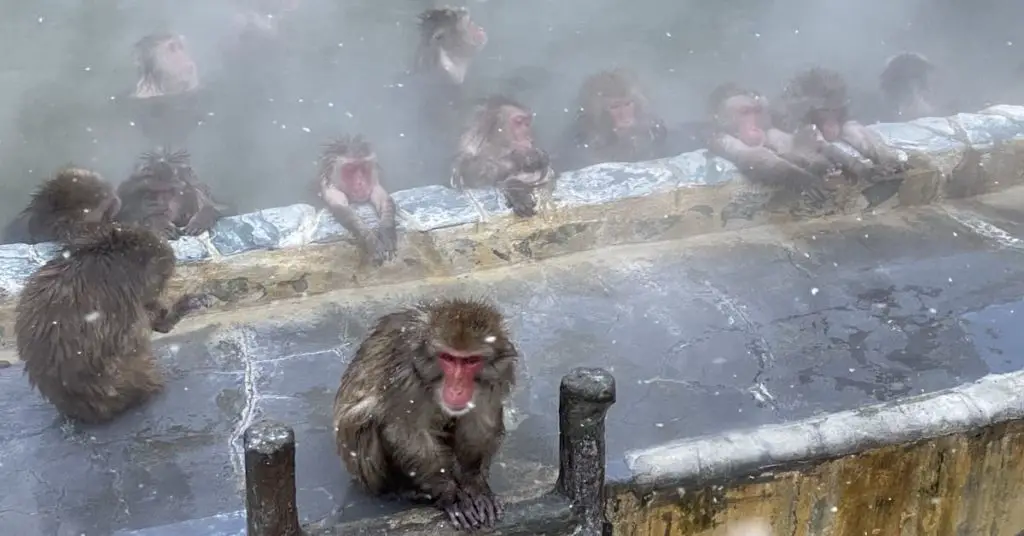Hokkaido shrine is the tutelary shrine of Hokkaido. It’s closely related to local people’s lives. The most charming part of Hokkaido Shrine is there is always a gorgeous view all year round. Especially the Japanese blooms in spring and viewing ginkgo and red maple leaves in autumn. It’s the picturesque spot when the sakura flowers or autumn leaves season comes every year. And there are always teeming visitors in the season.
Table of Contents
About Hokkaido Shrine
Hokkaido shrine was called Ezo, which is the name of one of the Ainu groups. Hokkaido has been reclaimed after Meiji Restoration. In 1869, Emperor Meiji selected three deities of the reclamation of Hokkaido. It becomes people’s inner resources. In the same year, the Meiji government changed its name from Ezo to Hokkaido, which means “road for the north sea.” Since that, every reclamation decision of Hokkaido began from here. (except the southern area, i.e, Matsumae, Hakodate) In 1964, Emperor Showa decided to enshrine Emperor Meiji in the Hokkaido shrine. From then on, Hokkaido Shrine enshrined the four deities.
It protects the development of Hokkaido and the happiness of people. Up to now, it’s closely related to people’s daily life, such as Hatsumode (Japanese new year culture, the first visit of the year), exorcise, festival, and wedding. Prattling paths were shaded with cherry trees and plum trees. Sometimes you can see squirrels go up the tree like greased lightning.
Cherry Blossom
Hokkaido Shrine has been a hot spot for locals to blossom Japanese cherries in Sapporo since 1900. As mentioned in my previous article on Maruyama Park [Click Here], people planted 150 cherry trees on the approach to mourn Shima Yoshitake. For this reason, you can see a Shima Yoshitake sculpture stand alone in the Hokkaido shrine.
People succession-planted cherry trees and plum trees afterward. Thus far, there are around 1400 cherry trees and 250 plum trees to appreciate.
In particular, the Omotesando (a zelkova tree-lined avenue) just after entering from the second torii (a traditional Japanese gate most commonly found at the entrance of or within a Shinto shrine) is a fantastic view where the tree-lined road is filled with cherry blossoms. It’s crowded during the day, so if you visit early in the morning, you’ll enjoy the serenity and calm.
Also, you can stroll around the Maruyama area with kids in the cherry blossom season. [Click Here]
Summer Festival
In summer, fresh green trees fill the premises to create a refreshing summer atmosphere. Since Hokkaido Shrine during this period is also the venue for summer festivals, many people visit it. It’s the perfect season to buy food at the food stalls and take a stroll.
Autumn Leaves
The beautiful autumn leaves-ginkgo and maple leaves painted the approach in vivid shades of scarlet, saffron, and russet. Bring you an autumn-like atmosphere. Hokkaido Shrine is also famous for viewing autumn leaves.
Information
Address: 474 Miyagaoka, Chuo-ku, Sapporo-city, Hokkaido
Contact: 011-611-0261
How To Get Here
There is no parking area, so it’s not a good idea to visit here by car. If you are a group of 3-4 people, a taxi will be a convenient choice.
By car
About 14 minutes drive from Sapporo-station to here.
By Subway
From Sapporo-station(Sapporo subway) get on the Tozai Line going toward Miyanosawa. And, get off at Maruyama Koen Station and walk for about 15 minutes.
By Bus
- From Sapporo-station(Sapporo(JR)) get on Teine Line (No. 55) – Teine Eigyosho Mae. Get off at Maruyama Daiichi Torii and walk for about 16 minutes.
- From Sapporo-station(Sapporo(JR)) get on Otaru Line (Maruyama Keiyu) – Otaru Eki. Get off at Maruyama Daiichi Torii and walk for about 16 minutes.
Conclusion
Hokkaido Shrine is a beautiful place to find inner peace. It’s a must-see spot that recommends you visit together with Maruyama Zoo [Click Here] and Maruyama Park [Click Here]. We often bring some snacks and picnic in Maruyama Park and walk through the forest trail to Hokkaido Shrine and Maruyama Zoo.




